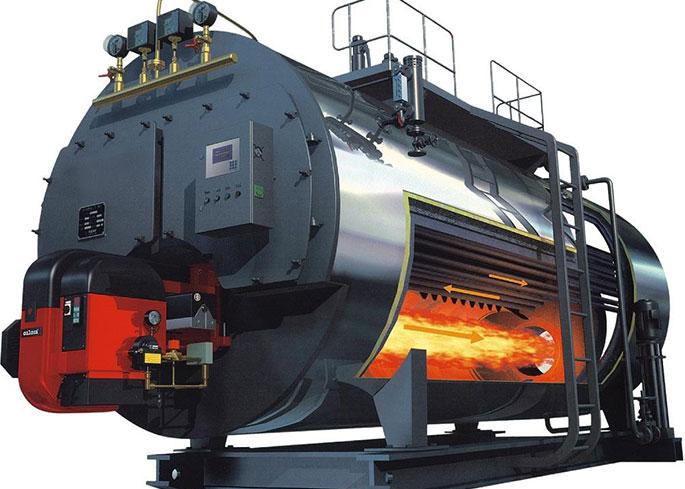Daily inspection of a heat pipe heat exchanger
Daily inspection of a heat pipe heat exchanger typically involves several key steps to ensure its proper functioning. Heres a general guideline for conducting a daily inspection:
1. Visual Inspection: Begin by visually inspecting the heat pipe heat exchanger for any signs of physical damage, such as dents, cracks, or leaks. Check the connections and joints for tightness and ensure that all components are securely in place.
2. Cleanliness: Verify that the heat exchanger is clean and free from any debris, dirt, or obstructions. Clean the external surfaces if necessary, using appropriate cleaning methods and materials recommended by the manufacturer.
3. Fluid Levels: Check the fluid levels within the heat pipe heat exchanger. Depending on the specific design, some heat exchangers may require the presence of a working fluid. Ensure that the fluid level is within the recommended range and adjust it if necessary.
4. Temperature and Pressure Gauges: Check the temperature and pressure gauges, if equipped, to ensure that they are within the normal operating range. Abnormal readings may indicate potential issues with the heat exchanger.
5. Condenser and Evaporator: Inspect the condenser and evaporator sections of the heat pipe heat exchanger for any signs of fouling or scaling. Clean them if necessary using approved methods or seek guidance from the manufacturer.
6. Insulation: Check the insulation covering the heat exchanger for any damage or degradation. Insulation helps maintain the desired temperature and prevents heat loss. Repair or replace any damaged insulation promptly.
7. Support and Mounting: Ensure that the heat exchanger is properly supported and securely mounted. Verify that the mounting brackets, hangers, or supports are intact and show no signs of deterioration.
8. Vibration and Noise: Observe the heat exchanger during operation for any unusual vibration or noise. Excessive vibration or abnormal sounds may indicate a mechanical issue that requires attention.
9. Documentation: Maintain a log or record of the daily inspections, noting any observations, abnormalities, or actions taken. This documentation can help track the performance of the heat exchanger over time and identify trends or recurring issues.
Remember to consult the manufacturers guidelines and specific maintenance instructions for your heat pipe heat exchanger, as different models may have unique requirements. Regular maintenance and inspections are crucial to ensure the efficient and safe operation of the heat exchanger and to address any potential problems before they escalate.

Heat pipe heat exchanger |


